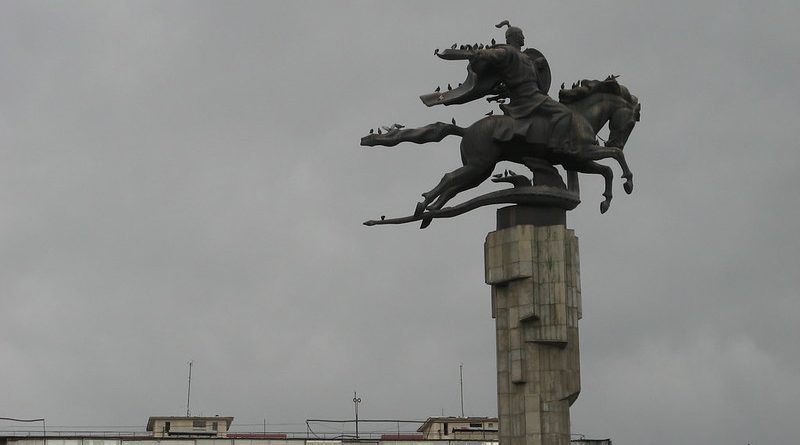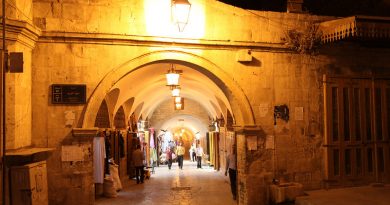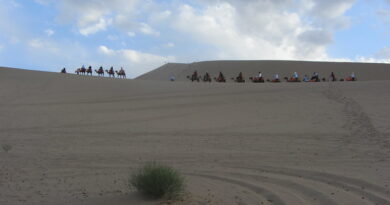The epic Manas poem of Kyrgyzstan
Culture Facts
Where: Kyrgyzstan, Central Asia
What’s it about: An epic poem, narrated over three days by a mystic ‘Manaschi’, telling the story of mythical folk hero Manas, his sons, and the history of Kyrgyzstan through to contemporary tales.
The Kyrgyz people have a unique cultural form – the Manas poem – which is the peak of their spiritual life. This spoken epic is incomparable to Western poetry in its volume and rich content. It has evolved over centuries with many different versions being told, which are passed down through spoken word by ancestors.
History and evolution of the Manas poem
The epic poem celebrates the life of Manas – the mythical folk hero who protected the land and the Kyrgyz nation in historical times. The poem itself depicts the traditional way of life for the Kyrgyzs and their customs, morals, rituals as well as their knowledge of geography, medicine and religion, and of other countries and people. The emphasis of the poem is the Kyrgyz people’s struggle for independence; Manas highlights values common to all Kyrgyz people including social justice, dignity, and love of their homeland, traditions, and neighbours.
The poem is both relevant and popular as it is being constantly added to as new events happen in Kyrgyzstan which are then incorporated into the poem. The poem has only been in written form since 1885, however the spoken version goes back far longer, with a disputed date of 840 A.D. suggested as the start of the performance of the poem.
Manaschi – the mystical reciter of Manas
Reciting this million-line verse takes about three days, so only a person with a rich inner spirit can have the talent to narrate Manas to his people. The narrator of Manas is called Manaschiand is believe by his people to hold certain mysterious powers. Necessary characteristics of a Manaschi include a phenomenal memory, poetic feeling, skill to maintain the rhythm and movement in recital, and artistry of telling the structural parts with gestures and mimicry. Finally, he will need vigour to perform the poem for many hours.
The story of Manas
The Manas poem is in three parts: the first part depicts the story of Manas, the legendary warrior son of Jakyp. He led the Kyrgyz troops into battle against invaders and is believed to be responsible for maintaining the nation’s independence. Manas married Sanrabiga and parts two and three portray the lives of their son, Semetey, and grandson, Seytek.
At the age of fifteen, when most boys were training for a profession such as shepherding, Manas formed a band of warriors and trained them in the ways of war. As his bravery and skill proves him victorious on the battlefields, he is elected leader of the tribe. His subsequent marriage to the daughter of the ruler of Bukhara creates a fruitful union which ends the feuds and brings independence to the Kyrgyz.
Horses are the Kyrgyz prized possessions, as demonstrated by their participation in the national games. As a consequence, the Manas and his snow-white steed, Ak-Kula, is praised in the poem. The horse resembles bird hovering over the peaks of the mountain with Manas, like a silver tower, gracefully riding his back.
Traditional Kyrgyz music
The poem is sometimes accompanied by traditional music. Music is an important part of historic nomad culture, and the instruments and folklore of pre-Islamic times are reflected in it. In ancient times, instruments were crafted from endemic natural materials, which produce the unique sounds found in this region. The range of instruments used produce differing sounds include a komuz (three-stringed lute), a temir-komuz (metallic key instrument), a sybyzgy (a wooden wind instrument), a dobulbas drum, and a chopo-choor (clay wind instrument).
MORE INFORMATION
UNESCO Kyrgyzstan
Purchase a CD-ROM of a Manas recital from here UNESCO in Kyrgyzstan.
Silk Road Foundation
Includes translated sections of the epic poem.
Kyrgyzstan Development Gateway
A history of Kyrgyz people and the Manas poem.
Guide by Jenna Colbourne




